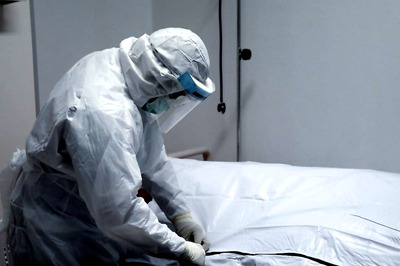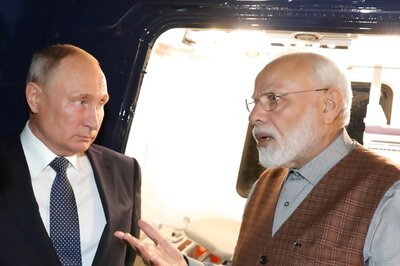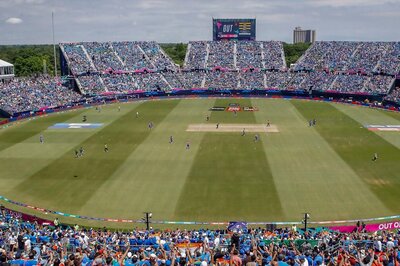
views
The public health experts in the state have pointed out that good health cannot be ensured if the conditions in which people are born, live, work and age are not improved. They have called upon political leaders, bureaucrats and other policy makers to understand the connection between health and various social and economic determinants before taking policy decisions on matters of health.
This plea appeared in the latest issue of the e-journal of Health Sciences published by the Kerala University of Health Sciences (KUHS).
The authors include People’s Health Movement national convenor B Ekbal, D Narayana of the Gulati Institute of Finance and Taxation, K R Thankappan, K Srinivasan, T K Sundari Ravindran and V Raman Kutty of the Achutha Menon Centre for Health Science Studies, K Ajithkumar of Government Medical College Thrissur, K Mohandas of KUHS, P Praveen and U S Mishra of the Centre for Development Studies, Health secretary Rajeev Sadanandan, K P Aravindan of the Department of Pathology, TD Medical College, Alappuzha and K Vijayakumar of Medical College, Thiruvananthapuram.
They have said that an analysis of the morbidity patterns across socio-economic classes within Kerala points towards an unequal distribution of social and economic resources resulting in health inequities. ‘’It should be noted that further development of Kerala and achievement of the public health targets of health-related Millennium Development Goals is impossible without addressing the social determinants,’’ they said in the advocacy document.
Quoting a survey published in the International Journal of Health Services, the document said that if we divide the population into four strata based on wealth and income, there is a 30 per cent increment in mortality among the poorest as compared to the richest in Kerala.
The economic impact of medical expenditure for even expected events such as pregnancy and delivery is more on the poorer sections. ‘’Pregnant women from low socio-economic status met 72 per cent of total expenditure from borrowings while those from high socio-economic status met 91 per cent of the total expenditure from own savings. The low SES groups also showed higher fertility rates and more number of teenage pregnancies,’’ said the advocacy document.
A significant correlation was found between prevalence of reproductive tract infections among women and socio-economic status (ses). Reproductive tract infections were prevalent in 44 per cent of low socio-economic status compared to 27 per cent in high socio-economic status. Absence of basic sanitation facilities in resource-poor settings and lesser education is associated with poor hygiene and higher prevalence of reproductive tract infections.
While 24 per cent of women from low socio-economic status had low birth weight babies, the figure was only 10 percent in high socio-economic status. Diarrhoea in toddlers was found associated with low socio-economic status, low immunisation coverage and poor environmental sanitation.
A Kerala Sasthra Sahitya Parishath (KSSP) study of 1987 showed that the crude death and crude birth rates showed an inverse relationship with socio-economic class. The death rate was 7.3 in low SES and 5.08 in high SES and birth rates 31.6 in low ses and 16.0 in high ses.
‘’The differential death rates across socio-economic classes can be attributed to poor living conditions such as housing, sanitation and water supply, behavioural patterns such as smoking and alcohol use and barriers to healthcare access such as money and travelling,’’ said the document.
The public health experts opined that efforts need to be taken to understand the connection between health and social determinants of health such as living conditions, socio-economic status, nutrition, food and energy security, sanitation and water availability before framing policies on health.




















Comments
0 comment